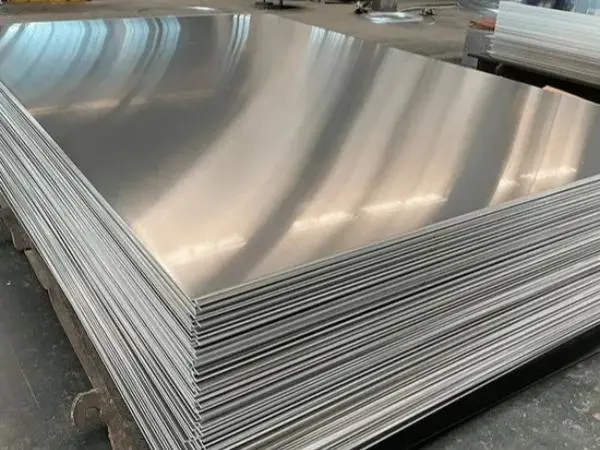- Phone0086 731 8564 8255
- E-mailsales@cscsteel-manufacturing.com
-

While both hot-dip galvanized steel pipes and galvanized steel pipes are designed to enhance the corrosion resistance of steel, they differ significantly in terms of manufacturing processes, characteristics, and applications. Understanding these differences is essential for selecting the right type of steel pipe for specific needs.
1. Principles of Production
Hot-Dip Galvanized Steel Pipe: In the hot-dip galvanizing process, ordinary steel pipes are immersed in molten zinc to improve their corrosion resistance. This process forms a protective zinc layer on the surface of the steel pipe.
Galvanized Steel Pipe: Galvanized steel pipes undergo a reaction between the molten metal and the iron matrix, resulting in the formation of an alloy layer that bonds the zinc coating to the steel pipe’s base. This alloy layer helps provide enhanced corrosion resistance and adhesion.
2. Characteristics of the Coatings
Hot-Dip Galvanized Steel Pipe: The galvanized layer on hot-dip galvanized steel pipes should be complete and free from uncoated black spots or bubbles. Small surface roughness and local zinc protrusions (referred to as zinc tumors) are permissible, but the overall coating should be intact.
Galvanized Steel Pipe: To ensure the uniformity of the zinc coating, galvanized steel pipes are tested to prevent any discoloration, such as a red or copper-plated color, when immersed in copper sulfate solution for five consecutive times. This ensures that the zinc layer is properly bonded and consistently applied.
3. Applications and Uses
Hot-Dip Galvanized Steel Pipes: These pipes are commonly used for gas pipelines, greenhouse structures, and heating systems. While they offer corrosion resistance, their use in water supply systems is limited due to the potential for rust and scale buildup inside the pipes. Over time, this leads to yellowish water that can contaminate sanitary ware, encourage bacterial growth, and cause high levels of heavy metals, posing health risks.
Galvanized Steel Pipes: These pipes are widely used in agricultural greenhouses, fire protection systems, gas distribution, and water supply and drainage systems. Their use in these applications is preferred because of the durability and corrosion resistance of the zinc coating, which helps maintain the pipe's integrity and reduces the risk of contamination.
In summary, while both hot-dip galvanized and galvanized steel pipes offer enhanced corrosion protection, the choice between the two depends on specific applications, environmental factors, and performance requirements. Hot-dip galvanized pipes are better suited for outdoor and structural uses, while galvanized pipes are preferred in applications that require long-term reliability and sanitary safety.




